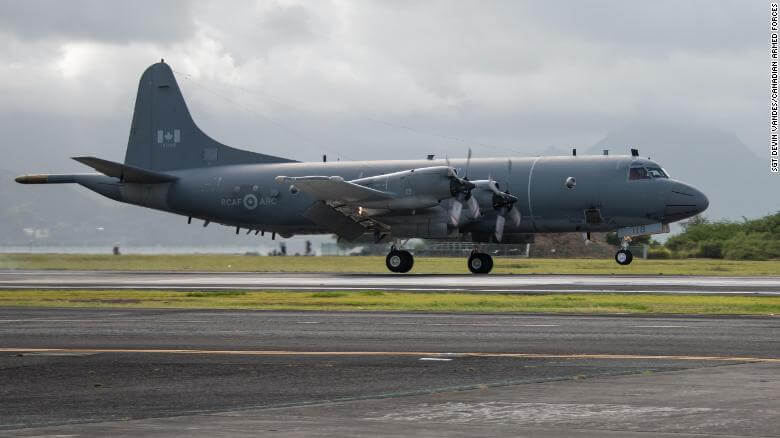On Monday, China defended its military pilots for protecting the country’s sovereignty and national security, and threatened Canada with “grave consequences” if it did not refrain from making any “provocative moves,” after Ottawa accused the People’s Liberation Army Air Force (PLAAF) of performing actions that put the Royal Canadian Armed Forces (RCAF) aircrew’s safety at risk.
Chinese Defence spokesperson Wu Qian asserted that the Chinese military took “reasonable, effective, safe and professional actions” in the face of “unfriendly and unprofessional” operations by the Canadian military aircraft, and has made “solemn representations” to the Canadian side.
China firmly opposes this. In response to the Canadian side’s provocative acts and unfriendly and unprofessional maneuvers, the Chinese military promptly took legitimate and forceful measures in response that are safe and professional.
— 刘晓明Liu Xiaoming (@AmbLiuXiaoMing) June 7, 2022
Last week, the RCAF stated that its CP-140 Aurora long-range aircraft had to “quickly” divert its flight path to “increase separation and avoid a potential collision” with an intercepting PLAAF aircraft that did not adhere to international safety norms. Though the RCAF did not reveal when the incident took place, it said that such instances have been happening with “increasing frequency.” In many instances, PLAAF aircrew were “clearly visible” as they approached the Canadian warplanes, it said.
The RCAF was participating in a United Nations (UN) mission to conduct surveillance operations on North Korea, especially ship-to-ship transfers of fuel, in an effort to pressure Pyongyang to abandon its weapons of mass destruction programmes.
On Friday, Canadian Minister of Foreign Affairs Mélanie Joly called it “extremely concerning” and said that she would take up the matter with the UN Security Council. “Canada is doing this surveillance work in the context of a UN mission, and China being a part of the UN Security Council, we expect them to respect our work,” she added.
Along the same lines, Canadian Prime Minister (PM) Justin Trudeau denounced Beijing’s actions as “irresponsible and provocative” during a press conference on Monday. “They are putting people at risk while at the same time not respecting the decision by the UN to enforce sanctions on North Korea,” he added.
Canada and Australia should reflect on their own behaviors and stop making provocative military activities and throwing mud at China: experts
— Zhang Meifang张美芳 (@CGMeifangZhang) June 5, 2022
--globaltimes.cn pic.twitter.com/GwTu78QnoR
In response, Chinese Foreign Ministry spokesperson Zhao Lijian said, “UN Security Council resolutions have never mandated any country to deploy forces and conduct surveillance operations in jurisdictional air and sea areas of other countries for the purpose of identifying sanctions evasion activities.” Furthermore, he asked Canada to stop spreading disinformation and “adopt a prudent and practical” policy to work towards normalising bilateral ties.
Canada and China’s relationship became increasingly tense after Ottawa banned Chinese company Huawei’s 5G equipment last month, citing security concerns. The decision was postponed when Canada detained Huawei’s chief financial officer Meng Wanzhou on behalf of the United States. This led to the arrest of former Canadian diplomat Michael Kovrig and businessman Michael Spavor in China. All three were released as part of a prisoner exchange in September last year.
Canada has also taken issue with China on topics such as Xinjiang, the South China Sea, Taiwan, and Hong Kong.
Meanwhile, this is not the first time that the Chinese and Canadian military came in close contact with each other. In 2019, two Chinese Su-30 fighter jets came within 1,000 feet of Canadian warship HMCS Regina in international waters near Shanghai, in an incident that was dubbed as a “warm welcome” by the Chinese media at the time.
In a similar vein, Australia this week accused China of performing a “dangerous manoeuvre” near a Royal Australian Air Force (RAAF) reconnaissance aeroplane that was flying over the South China Sea while conducting “routine maritime surveillance activity” in international airspace.

